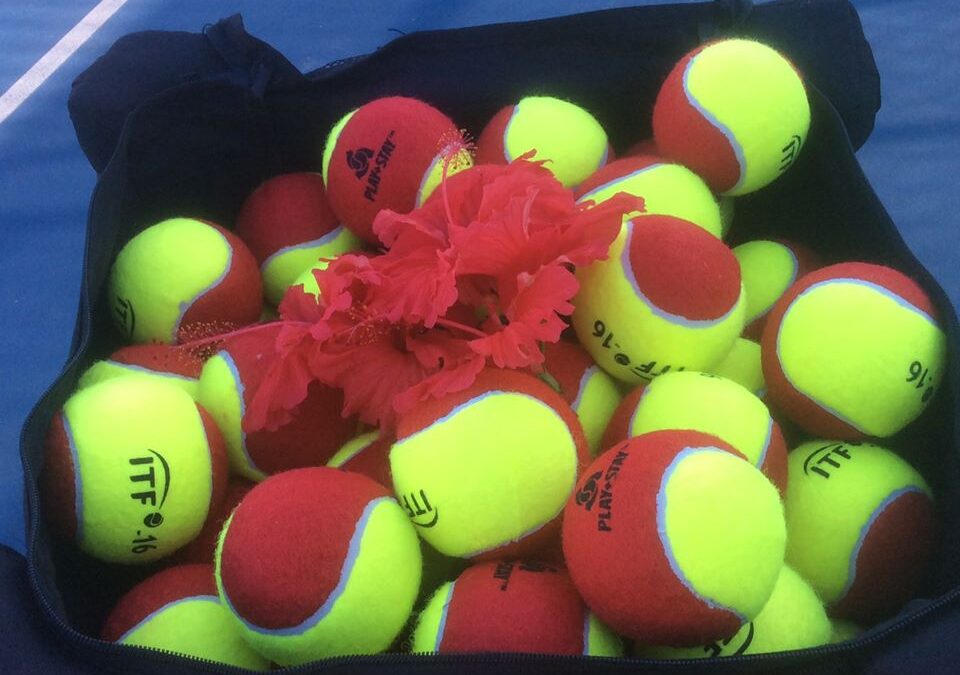While understanding and using specific mental skills training (MST) is essential to optimize coaching, alone it is not enough. The coach needs to possess the necessary communication skills to foster positive coach-player relationships and trust; which are prerequisites to the effective implementation of any MST, and the most significant determinants of the extent to which players, and especially children, enjoy their participation in tennis. These skills are better to enable coaches to learn to ‘read‘ players‘ mood states and personalities and, in turn. individualize MST (Gould,2001).
Given the credence of communication to coaching success, it’s important that coaches are clear – to ensure the message is lucid and unambiguous – and direct – so as to eliminate any ‘barriers’ between them and their players (Crespo and Balaguer, 1994; Young,2006). Likewise, coaches should be able to adapt the timing and presentation (verbal vs. non-verbal) of their content to the characteristics (i.e. age, playing ability, gender…) of their players and be sufficiently open to encourage two-way interaction with their players. To further enhance the prospect of the coach-player relationship being one that bears fruit, coaches should consider the following tips.
- Base your communication on respect and trust rather than criticism and control.
- Use a positive approach to coaching, where the most important kind of success does not come from winning but striving to win and trying one’s best. Avoid being too critical of using too much sarcasm.
- Research has shown that coaches’ perception of their own behaviors does not match those of the players’. (Crespo,1995) so ask players and fellow coaches for feedback regarding your coaching while also self -evaluating your behaviors and actions.
- Demonstrate emotional consistency as players are not likely to respond optimally to excessive of unusually passionate displays ( of agitation or aggression) over the long term.
- Be conscious of the appropriateness of both your verbal and non-verbal communication.
Understand and recognize that players learn and process information in different ways so try to match the visual, kin-aesthetic, and/or auditory cues you use to the predominant learning style of each player. - Use empathy and inclusion strategies with your players to stimulate the discussion of mutual interests and goals.
- Be assertive, positive, and honest in your expression of thoughts and feelings so as not to irreparably damage the self-esteem of players. For example – Explain/describe situations to players: Example ” You were supposed to collect the balls after the drill”.
– Explain their effect on the class: “Your classmates had to collect more balls and this took them more time”.
– Outline how you would like it done: “I would appreciate if after the next drill you help collect the balls as then we will have more time to play”. - Try to use simple and direct communication styles and avoid inappropriate ordering, warning, commanding, criticizing and berating — Use open-ended questions ( that usually begin with what, how, could or would) to promote two-way communication.
- Employ the ‘sandwich’ method (first praise, then provide feedback and finally praise again) when providing players with feedback.
REMEMBER: The role of tennis coaches is not solely to teach tennis, but rather to help their students learn the game by adapting the appropriate information into applicable, practical concepts to which the players can relate and then apply.


Recent Comments